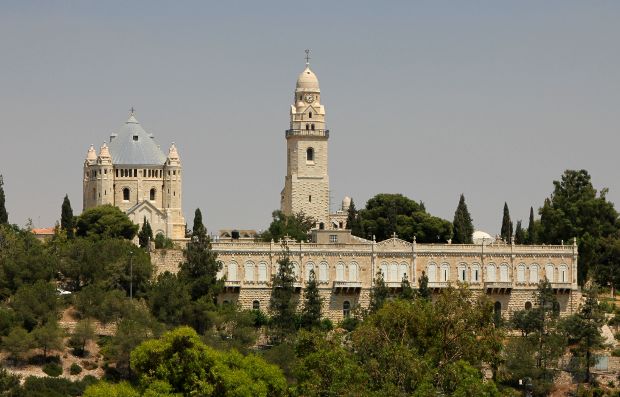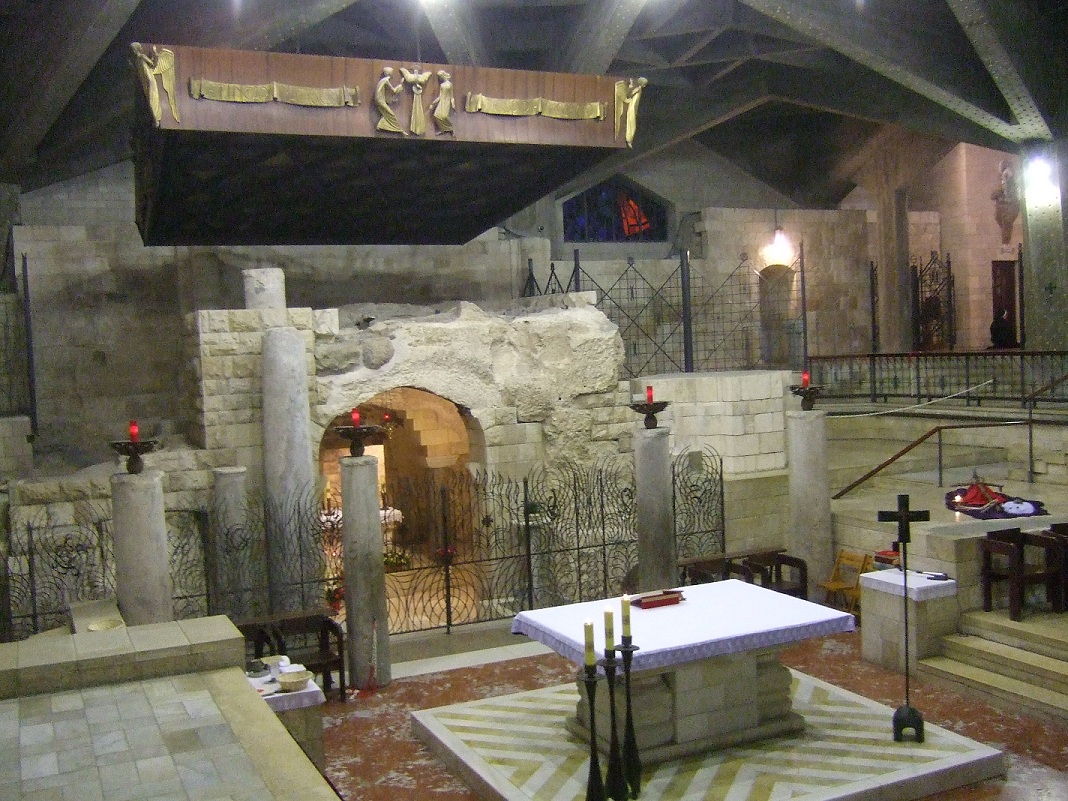Christian Holy Places In Israel, Jerusalem
Basilica of the Annunciation (Nazareth)
The architect had an idea of two churches, one above the other and mutually connected to the lower or the underground chapel at the level of the old churches, and the upper church.
The Holy Sepulchre (Jerusalem)
This is the holiest Christian site in Jerusalem. Here Jesus was crucified, buried and resurrected.
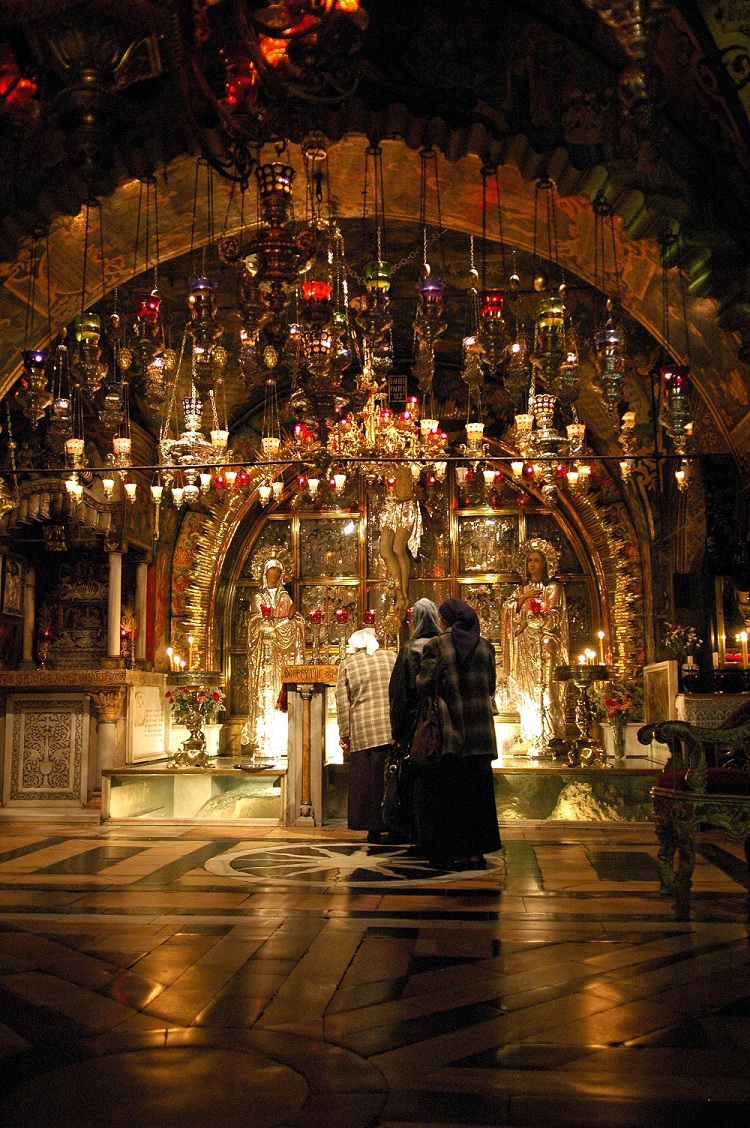
The Church of the Multiplication (Tabgha)
The miracle was performed at Tabgha, the Multiplication of Loaves and Fishes, when Jesus was five thousand people with five loaves of bread and two fishes fed (Matthew 14:13-21, Mark 6:30-44).
Church of the Nativity (Bethlehem)
The church was completely destroyed in the Samaritan revolt of 529. The current Church of the Nativity is one of the earliest Christian buildings.
Church of the Beatitudes (Mount of Beatitudes)
The octagonal shape of the church commemorates the eight Beatitudes. The mosaic floor is decorated with symbols of the seven virtues of the man who referred to the sermon.
Church of St. Peter Galli Cantu (Jerusalem)
Fathers Assumptionists constructed this church, pleasantly modern in appearance, in the 30s. Under the church are a series of rock-hewn structures, basements, tanks, stables, dating from the Herodian period (37BCE-70CE).
Peter’s (Tabgha) The miracle if what is supposed to have happened in Tabgha, the third appearance of Jesus after his death, as told in John 21:4-17. The church, which commemorates these events, both St Peter and Appearance of the Risen Lord called.
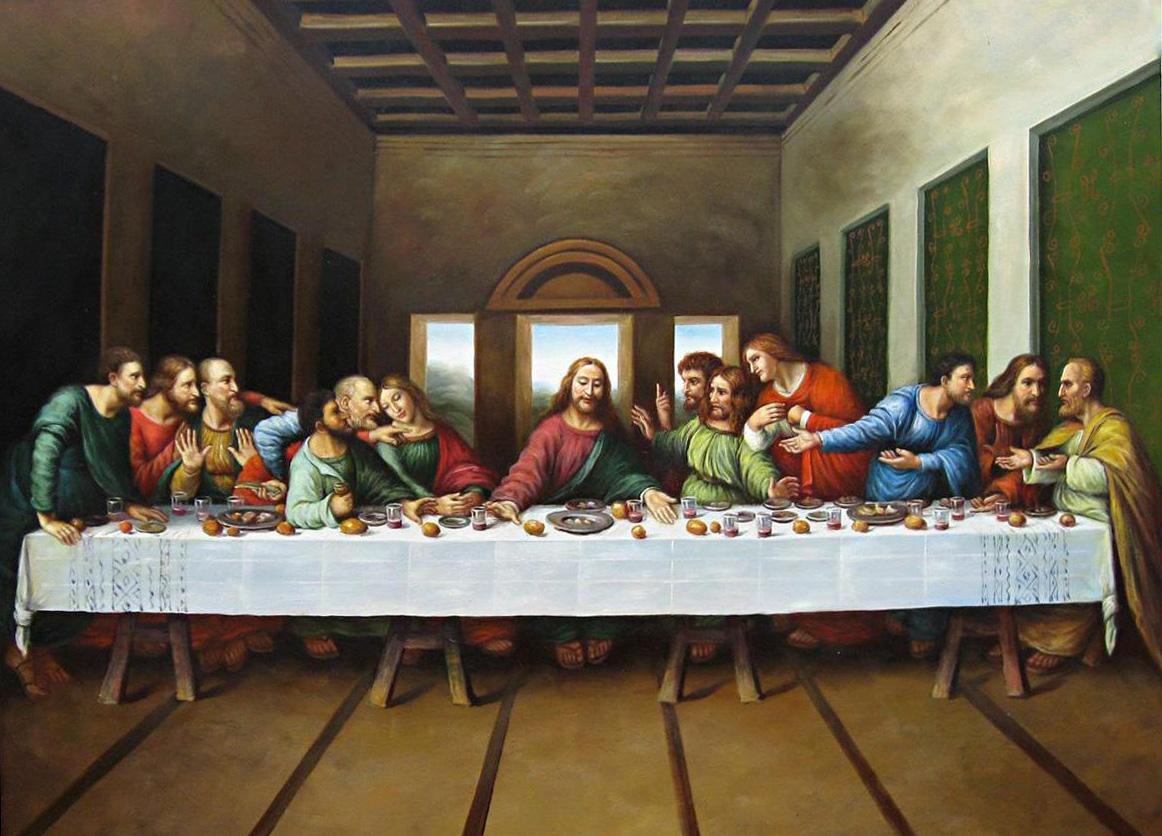
Flevit Dominus – The Lord Weep (Jerusalem) The Dominus Flevit Church on the Mount of Olives. The church name is Latin for “Lord Weep”. Here, according to Christian tradition, Jesus wept when he arrived in Jerusalem, predicting the destruction of the temple. (Luke 19:41-44).
Dormition Abbey Church (Jerusalem)
This church is a landmark of the city, is where Mary is said to have died, or fell into ‘eternal sleep’.
Gethsemane – Church of All Nations (Jerusalem)
Gethsemane holds an important place in the story of the Gospel, because Jesus was the night before his arrest spent after eating the Last Supper with his disciples.
Heptapegon (Tabgha) Three miles west of Capernaum is where Josephus referred to as the “source of Capernaum. The name comes from the Greek word Heptapegon what the “place of the seven sources” means, the name was later corrupted into Tabgha in Arabic.
Kfar Nahum (Capernaum) He preached in the synagogue of Capernaum and here he cured several people: a man possessed by the devil possessed, the mother of Simon Peter, a paralytic, and finally many of the sick and possessed by the city.
Via Dolorosa (Jerusalem) Via Dolorosa (a street name, the Christians Jerusalem where Jesus walked to his crucifixion). The events that took place in this agony, by the Roman Catholic Church commemorated 14 stations.
Related Posts
-
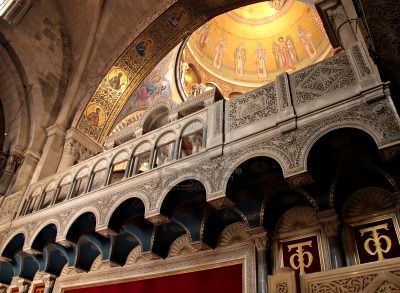 The Holy Sepulcher, Jesus Tomb In Israel, Jerusalem
No Comments | May 28, 2011
The Holy Sepulcher, Jesus Tomb In Israel, Jerusalem
No Comments | May 28, 2011 -
 Visit Jerusalem, The Holy City
No Comments | May 25, 2011
Visit Jerusalem, The Holy City
No Comments | May 25, 2011 -
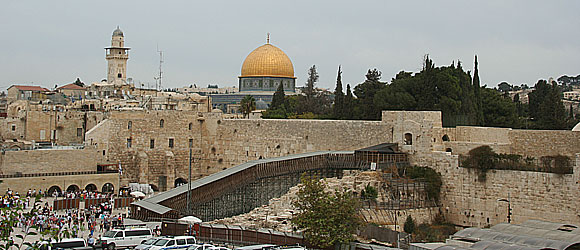 Overall Jerusalem Tourism, Visit Jerusalem
No Comments | May 26, 2011
Overall Jerusalem Tourism, Visit Jerusalem
No Comments | May 26, 2011 -
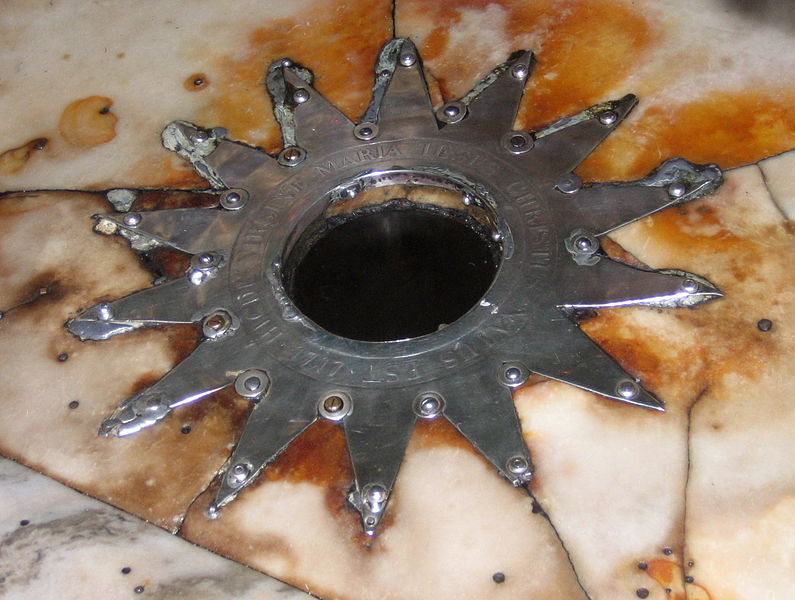 Tourist Attractions of Jerusalem, The Holy City
No Comments | May 25, 2011
Tourist Attractions of Jerusalem, The Holy City
No Comments | May 25, 2011
About The Author
Hasan
Trip & Travel Advisor; Voyager!
